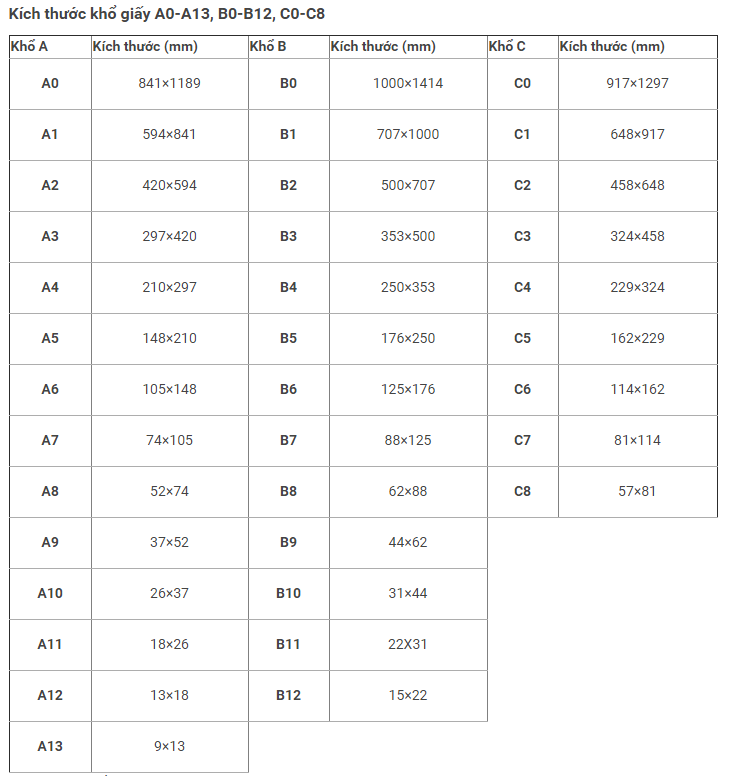ユーラシア 大陸 æ¨ªæ– è²»ç”¨

Imagine standing at the edge of the shimmering Caspian Sea, the wind whispering tales of ancient empires and Silk Road caravans. The air is thick with the promise of adventure, the allure of journeys stretching across continents. But a nagging question lingers: how much would it truly cost to traverse this vast expanse, to journey from, say, Lisbon to Vladivostok by land?
The cost of crossing the Eurasian continent, a journey fraught with logistical challenges, political complexities, and varying landscapes, is a multifaceted question with no easy answer. It depends heavily on factors like mode of transport, visa requirements, accommodation preferences, and the level of comfort one desires. While there isn't a single definitive price tag, exploring the potential expenses sheds light on the feasibility and allure of such an undertaking.
The Allure of the Eurasian Crossing
For centuries, the idea of traversing Eurasia has captivated the human imagination. From the ancient Silk Road traders to modern-day adventurers, the desire to experience the diverse cultures, landscapes, and histories of this vast continent has fueled countless journeys. Today, with improved infrastructure and increased connectivity, the dream of a trans-Eurasian adventure is more attainable than ever before.
However, translating that dream into reality requires careful planning and a realistic understanding of the potential costs. This isn't simply a matter of buying a train ticket or filling up a gas tank. It's about navigating a complex web of visas, permits, accommodation options, and transportation choices, each with its own associated expenses.
Modes of Transportation: A Crucial Factor
The choice of transportation significantly impacts the overall cost. Opting for a self-drive adventure offers flexibility and the freedom to explore off-the-beaten-path destinations. However, it also entails expenses such as fuel, vehicle maintenance, insurance, and potential tolls and permits.
Alternatively, the Trans-Siberian Railway presents a more structured, yet still adventurous, option. While train tickets can be relatively affordable, especially for lower classes, the cost can quickly escalate with upgrades to more comfortable accommodations and dining options. Plus, the expense of getting to and from the starting and ending points need to be added.
For budget-conscious travelers, hitchhiking and utilizing local buses can significantly reduce transportation costs. However, these options require a significant time commitment and a willingness to embrace uncertainty and potentially challenging conditions.
Visas and Permits: A Bureaucratic Maze
Navigating the visa requirements for each country along the route can be a time-consuming and costly process. Visa fees vary considerably, and some countries may require extensive documentation or even interviews. Obtaining a single visa for multiple entries can reduce costs, but this often requires meticulous planning and adherence to specific travel itineraries.
Furthermore, certain regions, especially those near borders or in politically sensitive areas, may require special permits or permissions, adding another layer of complexity and expense to the journey.
Accommodation and Food: Balancing Comfort and Cost
Accommodation costs can range from budget-friendly hostels and guesthouses to luxurious hotels and resorts. Opting for local homestays or utilizing platforms like Airbnb can offer more affordable and culturally immersive experiences. Cooking your own meals or eating at local restaurants can also significantly reduce food expenses compared to dining at tourist-oriented establishments.
"The key to a successful and affordable Eurasian crossing lies in striking a balance between comfort, convenience, and budget," notes seasoned travel blogger, Elena Petrova, who has completed the journey multiple times.
Estimating the Costs: A Ballpark Figure
Providing a precise cost estimate is virtually impossible due to the myriad variables involved. However, based on research and anecdotal evidence from travelers who have undertaken similar journeys, a rough estimate for a budget-conscious, multi-month trans-Eurasian trip ranges from $5,000 to $10,000 USD. This figure excludes the cost of flights to and from the continent. This includes the cost of visas, transport, basic accommodations and some food.
This estimate can easily double or triple for travelers seeking more comfortable accommodations, private transportation, and organized tours. Ultimately, the cost of crossing Eurasia is a highly personal matter, dependent on individual preferences and priorities.
While the financial investment required for a trans-Eurasian journey can be significant, the rewards are immeasurable. The opportunity to witness diverse cultures, explore breathtaking landscapes, and forge unforgettable memories is a testament to the human spirit's enduring quest for exploration and connection. The true cost, perhaps, is not measured in dollars, euros, or yen, but in the richness of experience gained along the way.


















